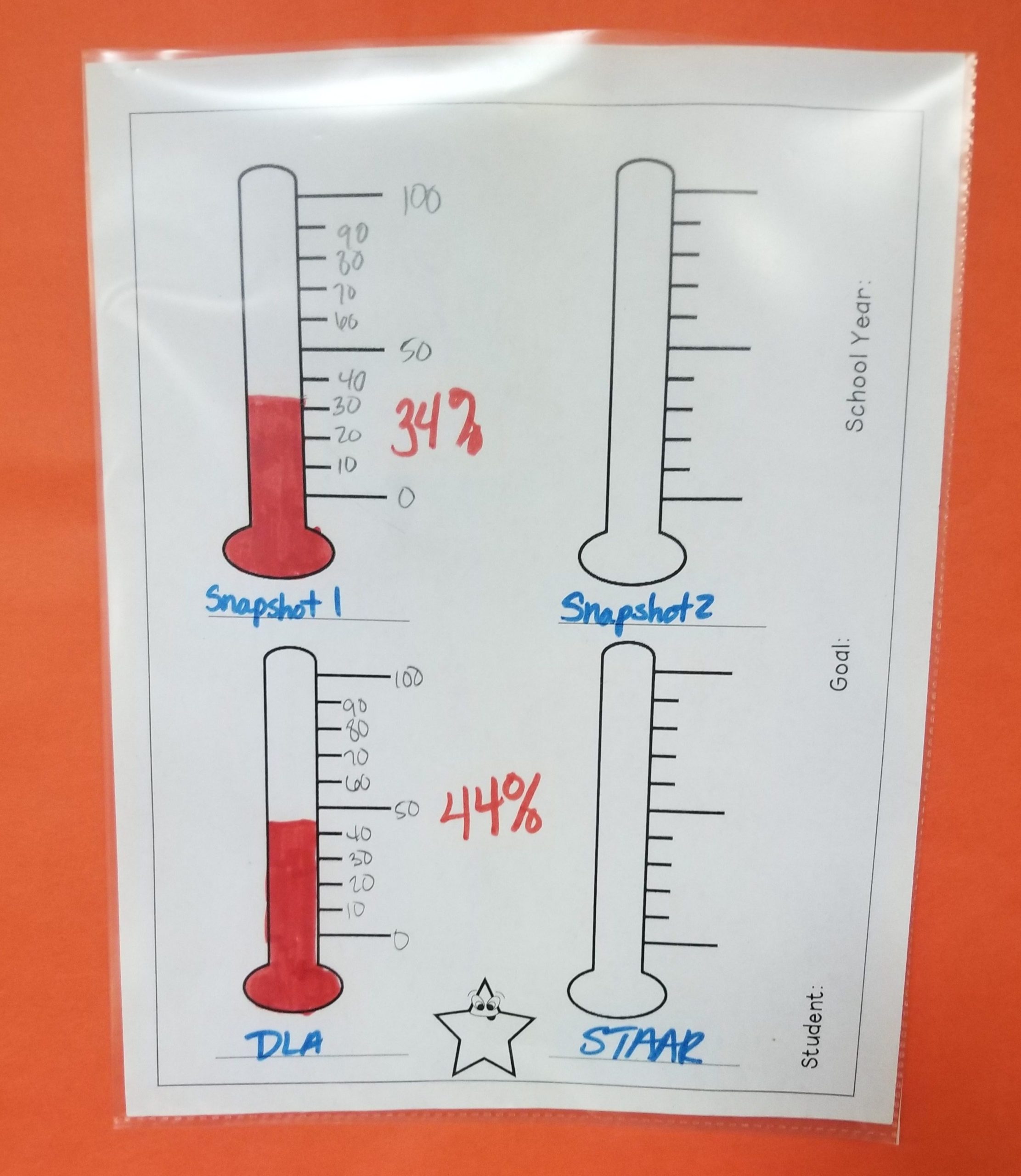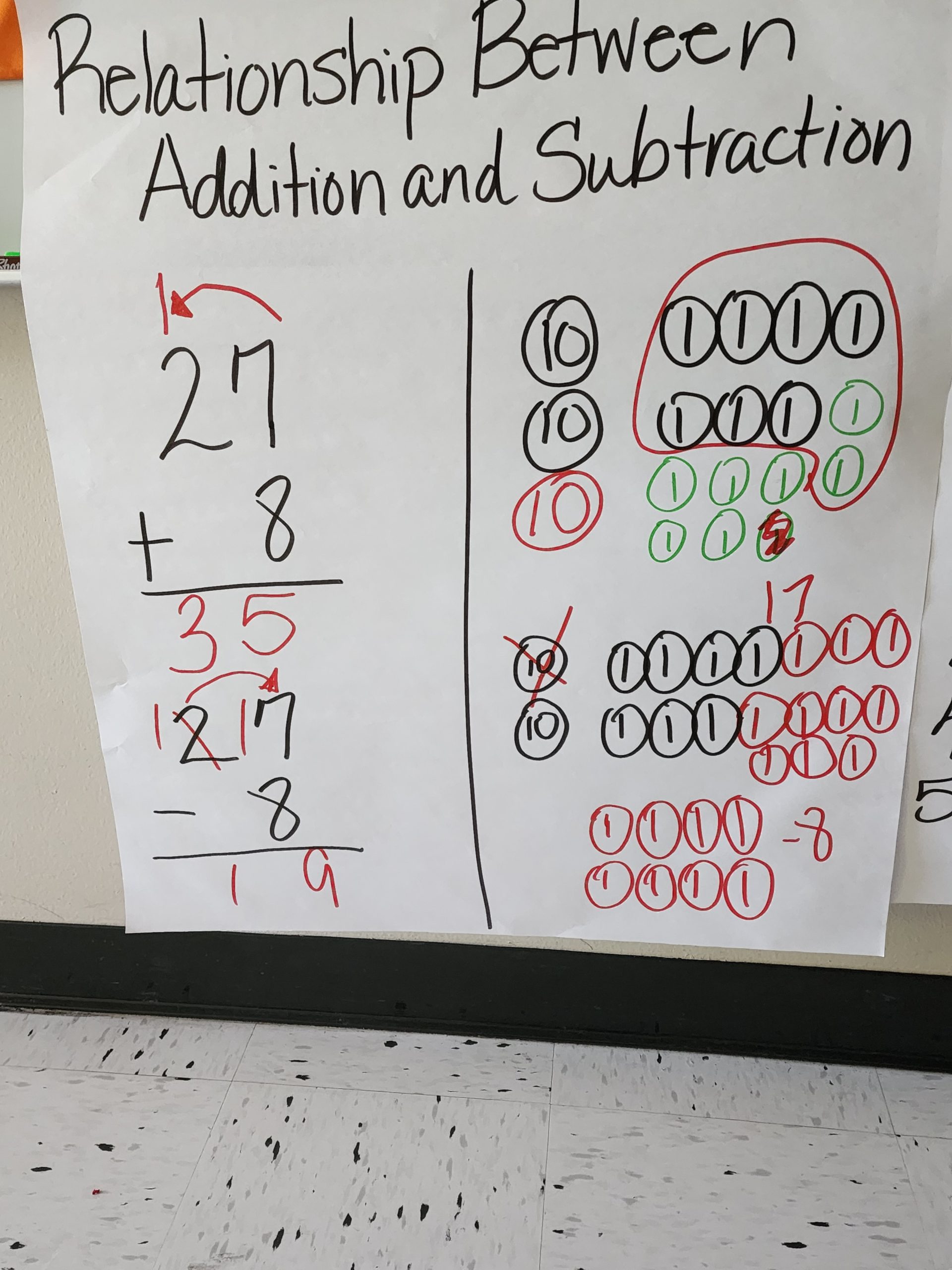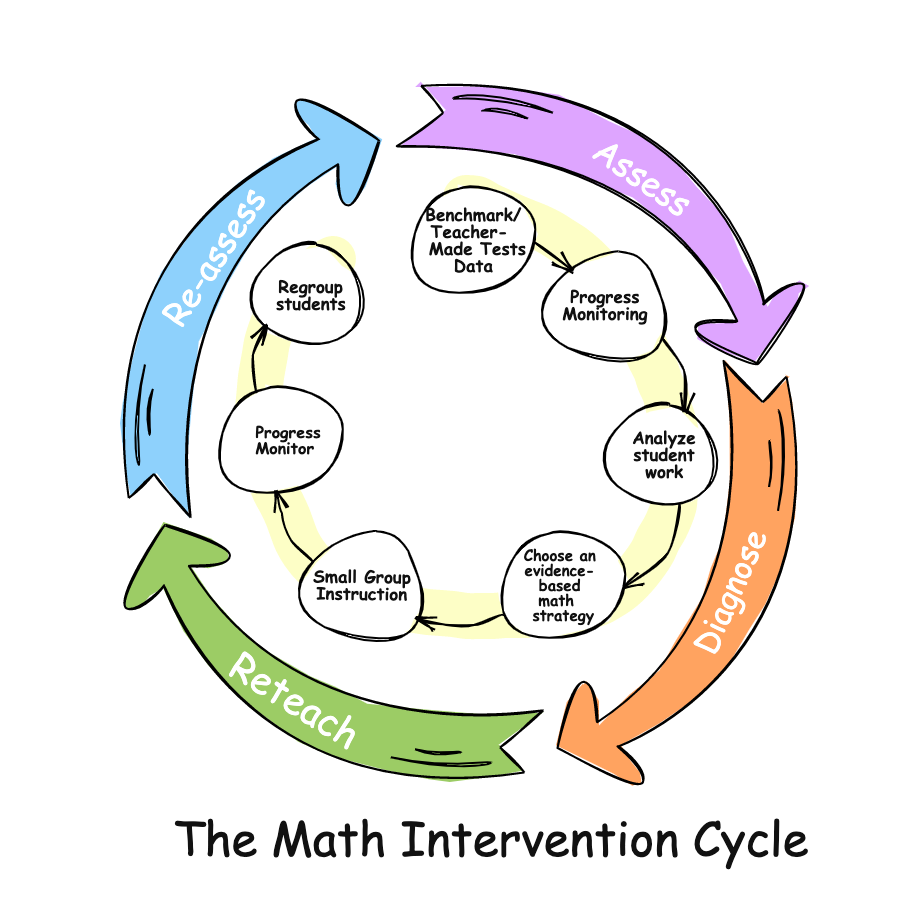Today, I’m diving into an essential component of our educational toolkit: universal screening. As math teachers, we know the diversity in our classrooms and the differing levels at which our students perform. Universal screening helps us identify these differences early and accurately, ensuring that every student gets the support they need.
In this blog post, I’ll walk you through what universal screening is, how it differs from progress monitoring, and why it’s crucial for effective math intervention. We’ll also discuss math probes and the role of qualitative data in interpreting results. By the end of this post, you should have a clear understanding of how to implement these strategies in your classroom effectively.
What is Universal Screening?
Universal screening refers to the practice of assessing all students within a grade level to identify those at risk for academic difficulties. This procedure helps us pinpoint which students might need additional support or interventions. Unlike progress monitoring, which is ongoing and specific to students already identified as at-risk (typically tier two and tier three), universal screening is a broad-brush approach for the entire class. Why is this important? Early identification allows for timely interventions, potentially mitigating more significant issues down the line. By catching students early, we can provide the precise support they need to thrive in their math studies.
Differentiating Universal Screening and Progress Monitoring
It’s critical to understand the distinction between universal screening and progress monitoring. Universal screening is for all students. It’s a preliminary step to determine who might struggle later. On the other hand, progress monitoring is more targeted. It focuses on students we have flagged through universal screening or other means as needing additional support.
Progress monitoring involves more frequent assessments to track a student’s progress over time. If universal screening is our wide net, progress monitoring is our detailed, fine-toothed comb. This way, we ensure that our interventions are working and adjust as necessary.

The Power of Math Probes
A crucial tool in both universal screening and progress monitoring is the math probe. Math probes are short, focused assessments designed to capture a snapshot of a student’s understanding of specific concepts. These can be easily administered and quickly scored, giving immediate feedback on student performance.
Math probes serve multiple purposes. They identify at-risk students during universal screening and help track student progress in more focused progress monitoring. They provide crucial data for making instructional decisions, guiding further instruction, and evaluating the effectiveness of interventions. For instance, if a student consistently struggles with a particular type of problem on a math probe, this indicates a need for targeted intervention in that area. Conversely, if a student shows improvement, this progress can inform further instructional planning and reinforcement.
Incorporating Qualitative Data
While quantitative data from standardized tests and math probes are invaluable, we should not overlook the importance of qualitative data in interpreting our screening results. Qualitative data include information about a student’s behavior, attendance, and academic history. These factors often provide context that raw scores alone cannot. For example, if a student has low scores but also significant absenteeism, the issue might be more about attendance than understanding math concepts.
Similarly, behavioral issues might indicate that the student is not engaged with the material as they could be, prompting a need for different instructional strategies. When making instructional decisions, considering these multiple data points ensures a more holistic view of the student. This comprehensive approach allows us to tailor our interventions more effectively and support each student’s unique needs.
Implementing Formative Assessment
Finally, formative assessments play a crucial role in shaping our instruction and interventions. Unlike summative assessments, which evaluate student learning at the end of an instructional period, formative assessments are ongoing and inform everyday teaching practices. Using formative assessments, we can make real-time decisions about our instruction, evaluate the effectiveness of our interventions, and identify when we need to adjust our teaching strategies. These assessments help us to be proactive rather than reactive in our teaching, providing continuous feedback that guides our next steps.
Universal screening is a foundational practice for identifying and supporting at-risk students in math. By differentiating it from progress monitoring, utilizing math probes, considering qualitative data, and implementing ongoing formative assessments, we can create a responsive and effective math intervention program. Implementing these strategies in the classroom ensures that we address each student’s needs, fostering a supportive environment where all students have the opportunity to succeed in math. Let’s continue to be diligent, reflective, and proactive in our approaches to math instruction and intervention. Happy teaching!





